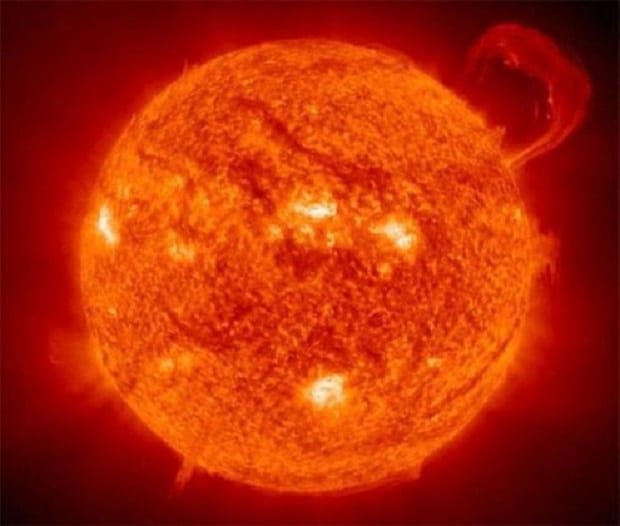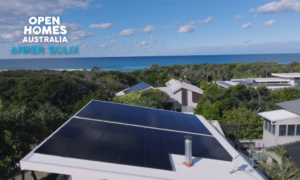Researchers at WA’s Curtin University have developed a cheap, eco-friendly way to make solar hydrogen fuel from sunlight.
The researchers used nanocrystals as highly efficient catalysts to transform sunlight into low-emission hydrogen. They describe their breakthrough in detail in the journal Advanced Materials.
Previously, the only way to harvest solar energy for clean fuels was to use semiconductors made from toxic, expensive materials. These included cadmium in combination with rare-earth metals like platinum, iridium and ruthenium.

However, the high toxicity of cadmium and the high cost of the noble metals are major barriers to their use.
Clean fuel from solar energy – just add water
Generating hydrogen from water is possibly the most exciting frontiers in renewable energy research. The process of electrolysis used in splitting water to capture clean fuel requires a lot of energy. This makes the technology a perfect fit for variable sources like solar and wind power.
The benefits are twofold: surplus renewable energy drives the water splitting process, creating hydrogen, while the “renewable fuel” can be stored as backup power for intermittent sources of energy.
Lead researcher Dr Guohua Jia said the new method offered an environmental and economic alternative to producing hydrogen from sunlight.
“Our research invented tiny crystals that do not contain any noble and toxic metals,” he said.
“These nanomaterials may be of great interest to the energy industry, as they are made from cheap and near-abundant elements.”
Australia’s solar hydrogen fuel export industry
Experts consider hydrogen to be a key source of fuel in the transition to a low-carbon economy. Its uses include powering electric vehicles and industrial processes.
Australia has access to vast renewable energy resources, making it the ideal location for producing low-emissions hydrogen.
Indeed, a growing number of initiatives, including the CSIRO’s $13.5 million Future Science Platform, aim to make Australia a world-leader in hydrogen exports.
The program would also study the potential for hydrogen to act as energy storage for the national grid.
Likewise, an ARENA report found hydrogen exports could potentially contribute $1.7 billion to the economy annually and provide 2,800 jobs by 2030.














































